When you’re preparing for emergencies, building up a food storage supply is one of the smartest moves you can make. But it’s not just about storing food—it’s about maintaining that stockpile, too. Food doesn’t last forever, and if you aren’t careful, you could find yourself with a pantry full of spoiled or expired goods when you need them most. That’s where rotating your food storage comes in. Regularly cycling through your stored items ensures you always have fresh, usable supplies on hand. So how often should you rotate your food storage? Here’s what you need to know.
Canned Goods: Rotate Every 1-2 Years
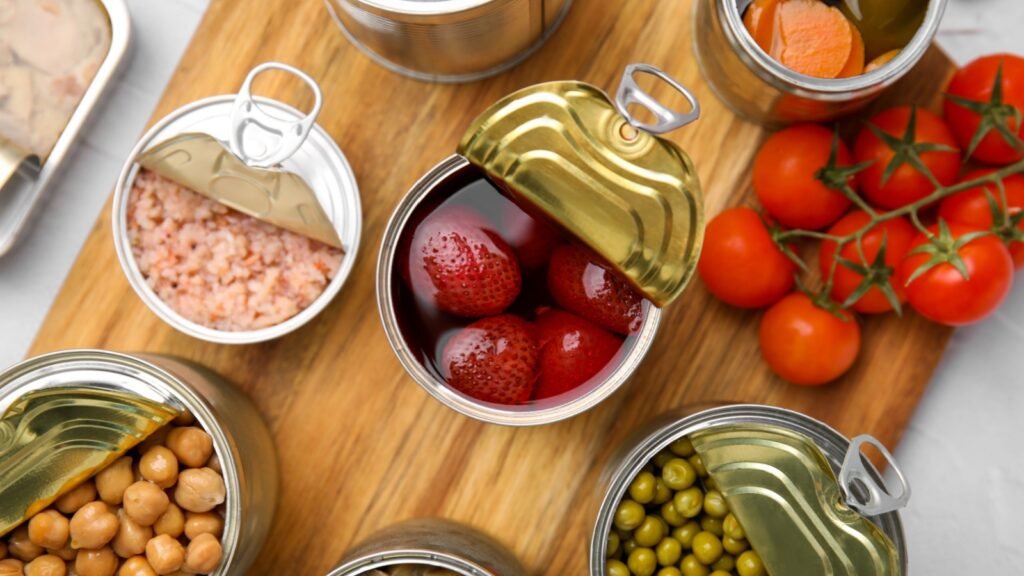
Most canned goods have a long shelf life, but they’re not indefinite. Generally, you should aim to rotate your canned vegetables, soups, and meats every one to two years. After that, the taste and nutritional value can begin to deteriorate, even if the food is technically still safe to eat. Make sure to check the expiration dates, and use the oldest cans first to keep your supply fresh.
Dry Goods: Rotate Every 6 Months to 1 Year
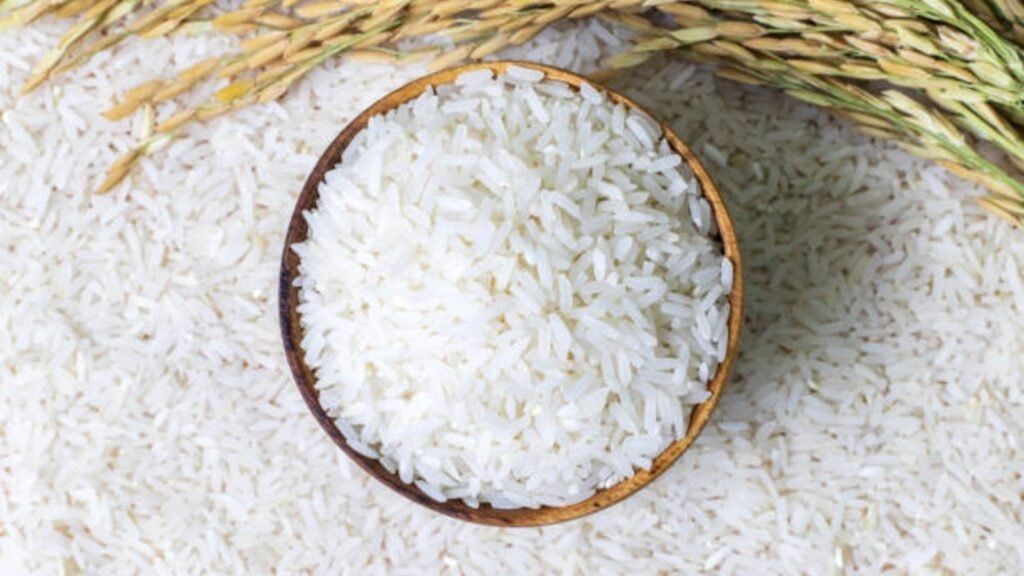
Dry goods like rice, beans, and pasta have great shelf lives, but they should still be rotated regularly. Most dry foods should be rotated every 6 to 12 months to ensure they maintain their quality. Store them in airtight containers and in a cool, dry place to get the most longevity, but always keep an eye out for signs of spoilage like discoloration or strange odors.
Freeze-Dried Foods: Rotate Every 10-25 Years

Freeze-dried foods are the heavy hitters of food storage. With some products lasting up to 25 years, they offer unparalleled shelf life. That said, it’s still a good idea to check these every decade or so, especially if your storage conditions fluctuate. Keep an inventory with dates and inspect packaging for any signs of damage that could shorten their lifespan.
MREs (Meals Ready to Eat): Rotate Every 5 Years
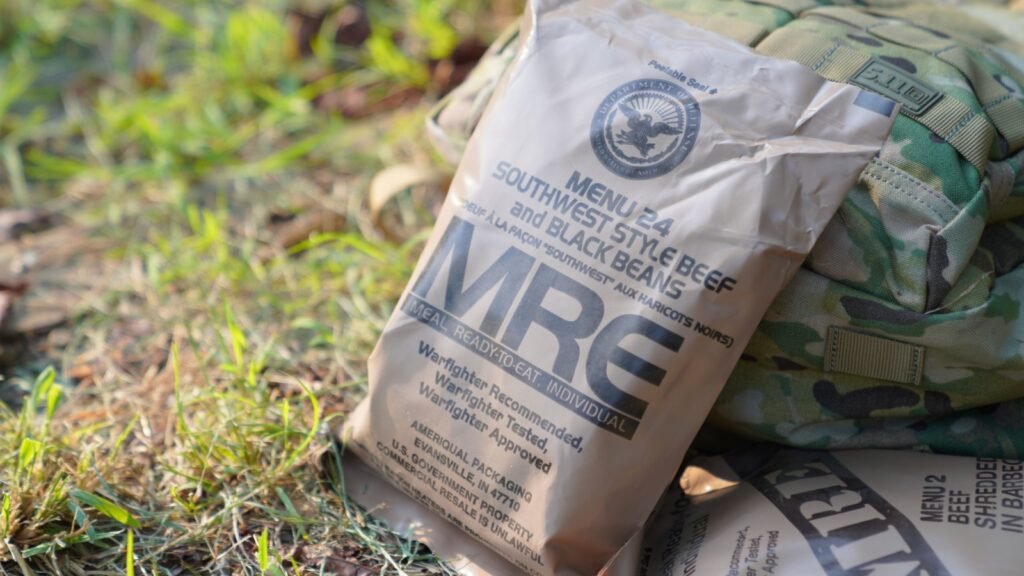
MREs are a great all-in-one meal option for long-term storage, but their shelf life is about five years on average. After that, their quality and taste may decline. However, under proper conditions (cool and dry), they could last a little longer. It’s best to stick with rotating them every five years just to be safe.
Baking Essentials: Rotate Every 1 Year

Items like flour, sugar, and baking powder might not spoil quickly, but their effectiveness can degrade over time. Flour should be rotated every year, while sugar has a longer life but should still be checked annually. Baking powder loses its leavening power after about 12 months, so make sure to swap these items regularly to ensure they’re always ready for use.
Oils and Fats: Rotate Every 6 Months

Oils and fats are prone to going rancid more quickly than other food storage items. They generally need to be rotated every six months to one year, depending on how they’re stored. Keep them in a cool, dark place to maximize shelf life, but be aware that they don’t have the staying power of other foods and will spoil faster.
Spices and Seasonings: Rotate Every 2-3 Years
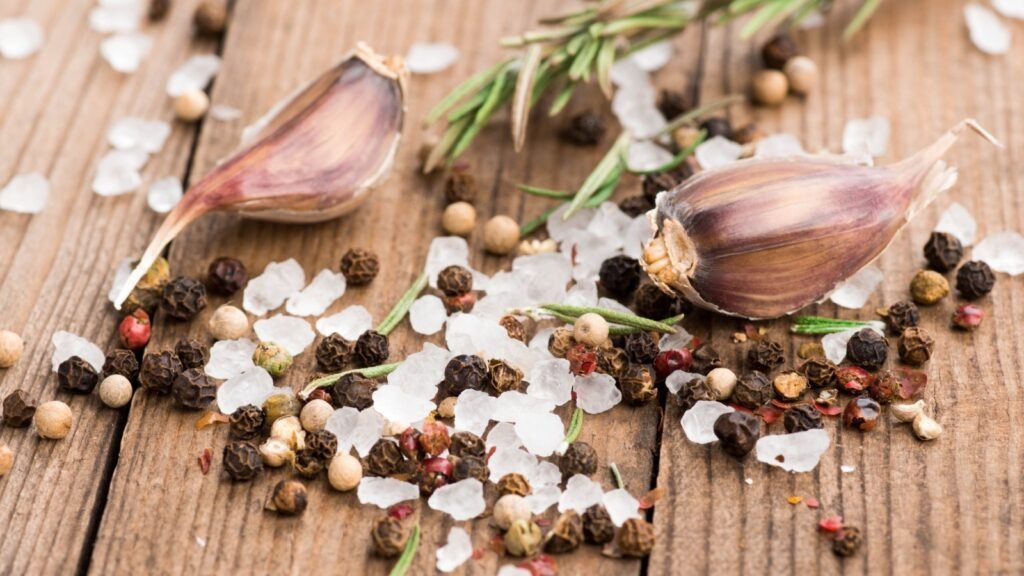
Spices and seasonings won’t spoil like other foods, but they do lose their flavor and potency over time. Most spices should be rotated every two to three years. Keep them in sealed containers away from heat and moisture for the longest shelf life. Fresh seasonings can make all the difference in a survival situation by keeping your meals flavorful.
Grains: Rotate Every 6-12 Months
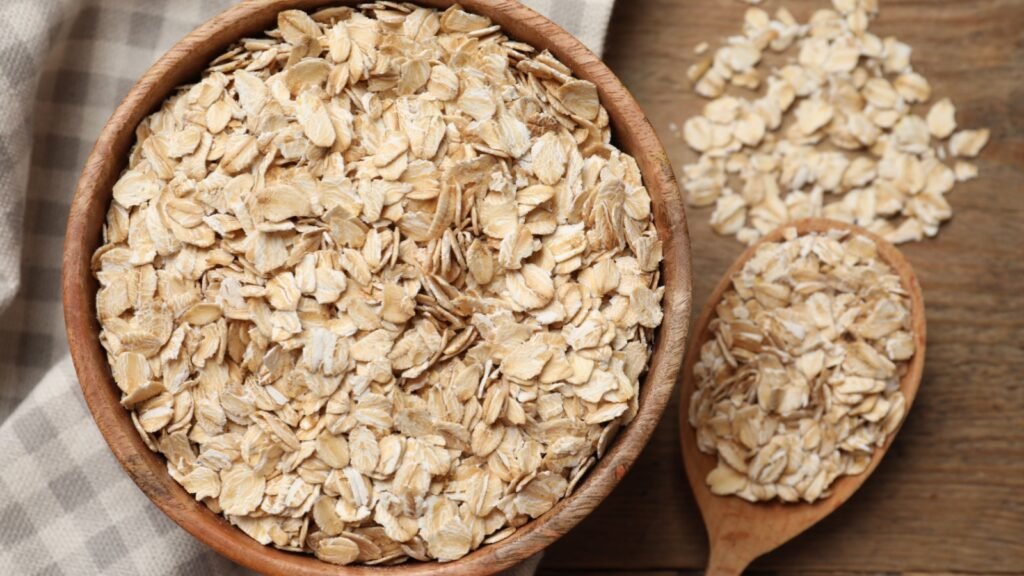
Grains like oats, barley, and wheat can last about 6 to 12 months in optimal conditions. If stored in sealed containers in cool, dry environments, some grains might last up to a year. Whole grains, which contain more oils, tend to spoil faster than processed ones like white rice.
Powdered Milk: Rotate Every 2-10 Years
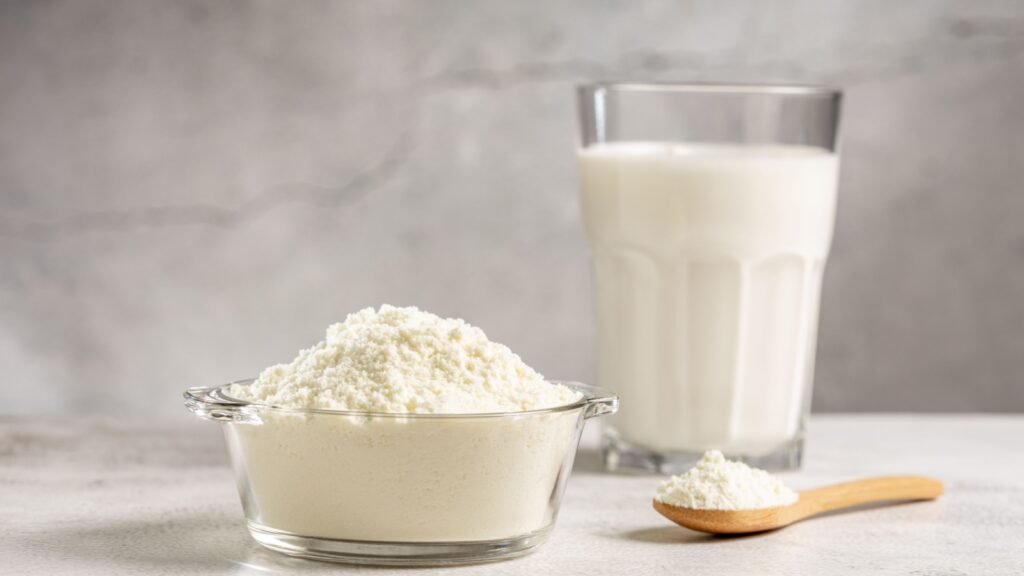
Powdered milk has a wide shelf life range depending on how it’s stored. When unopened and kept in a cool, dry place, it can last 2 to 10 years. However, once opened, it should be used within a few months to maintain freshness.
Peanut Butter: Rotate Every 6-9 Months
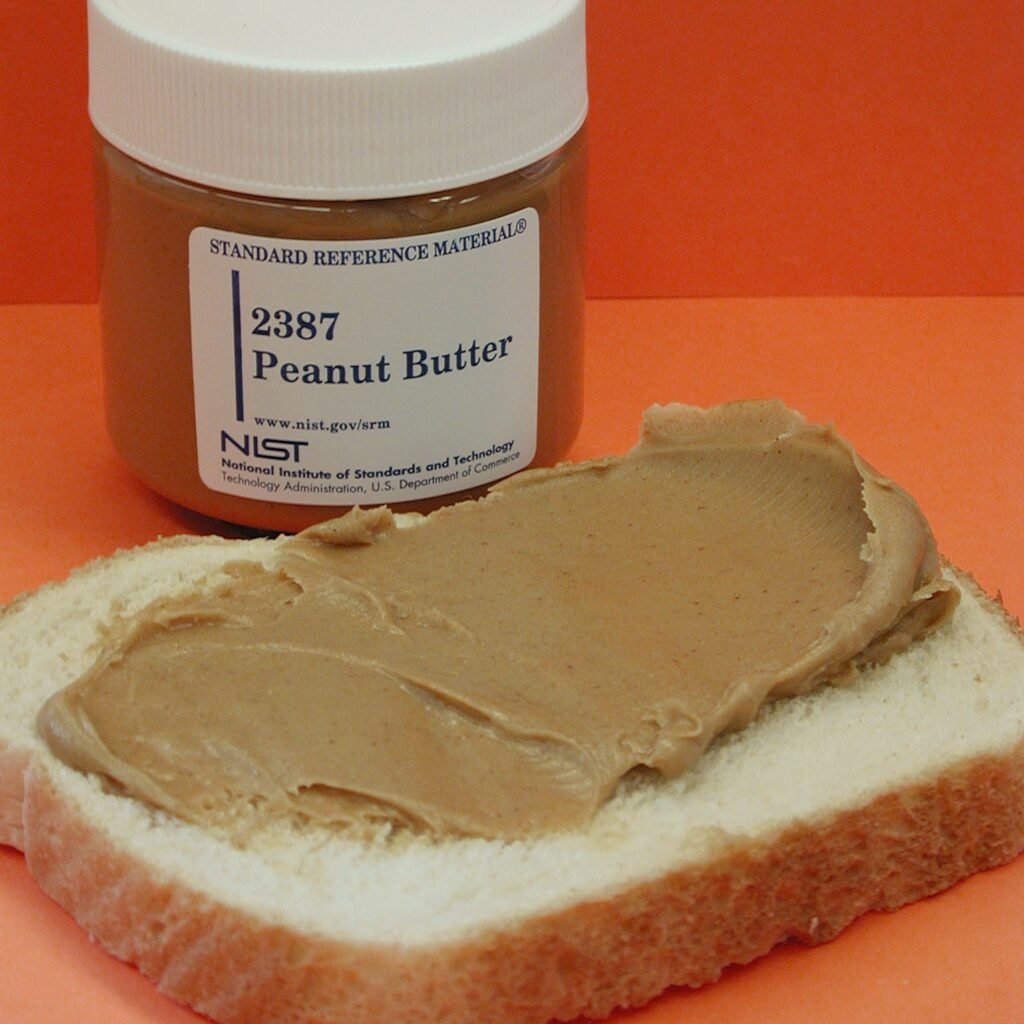
Peanut butter is a versatile prepper favorite, but it should be rotated every 6 to 9 months. Natural peanut butters spoil faster due to the lack of preservatives, while processed versions may last a little longer. Be sure to check for any signs of rancidity.
Honey: Store Indefinitely, No Rotation Needed

Honey is one of the few foods that doesn’t require rotation. It can last indefinitely if stored properly. While it might crystallize over time, this doesn’t affect its safety. Simply warm it to bring it back to its liquid state.
Vinegar and Pickled Foods: Rotate Every 1-2 Years
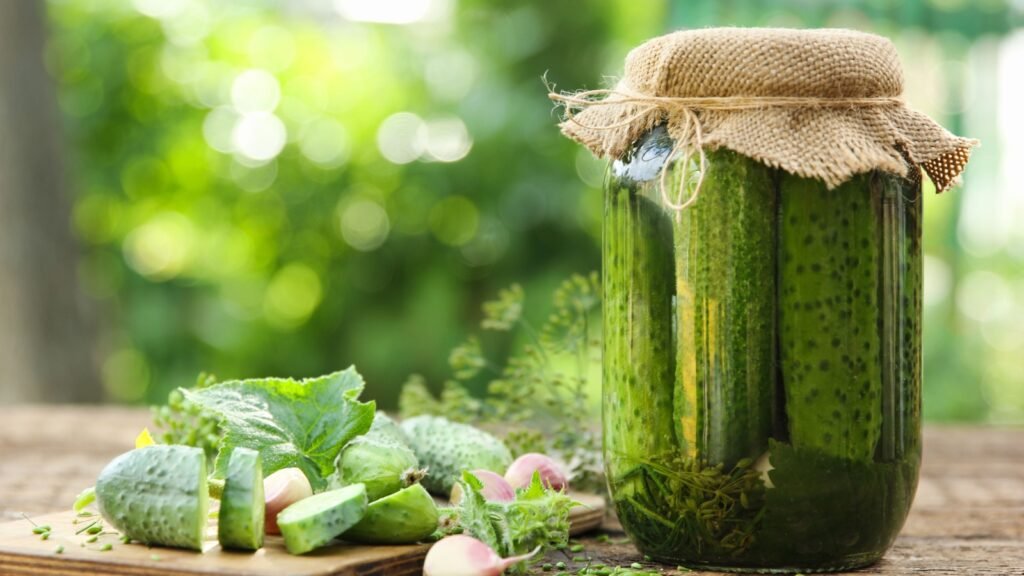
Pickled foods and vinegar-based items are more stable, but for best quality, rotate them every 1 to 2 years. The high acidity helps preserve them, but the flavor and texture might decline with time.
Jerky and Dehydrated Meats: Rotate Every 1 Year
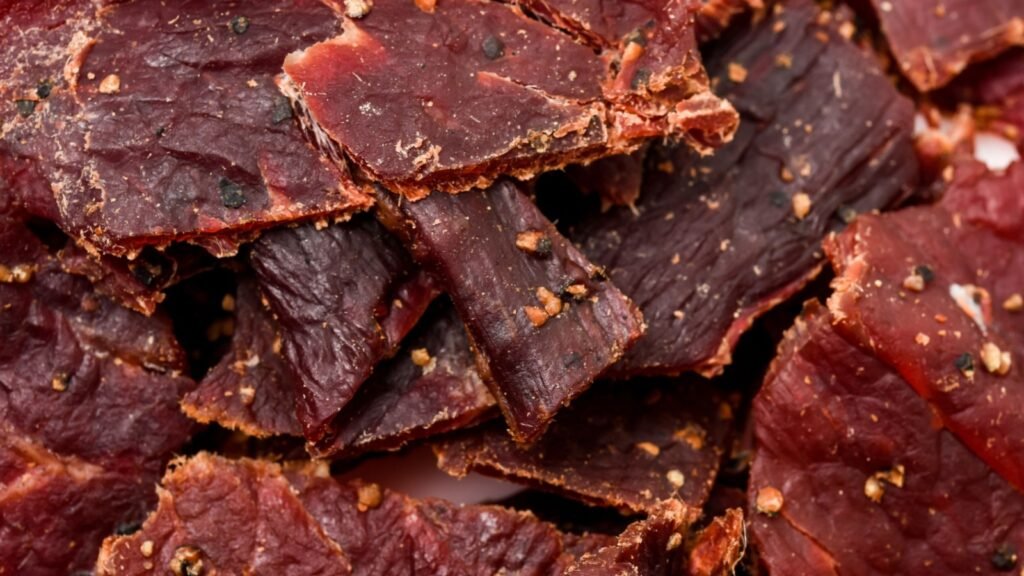
Dehydrated meats, including jerky, should be rotated annually. If properly vacuum-sealed and stored in cool conditions, jerky can last up to a year, though it’s best consumed sooner for maximum flavor and safety.
Cereal and Breakfast Foods: Rotate Every 6-12 Months
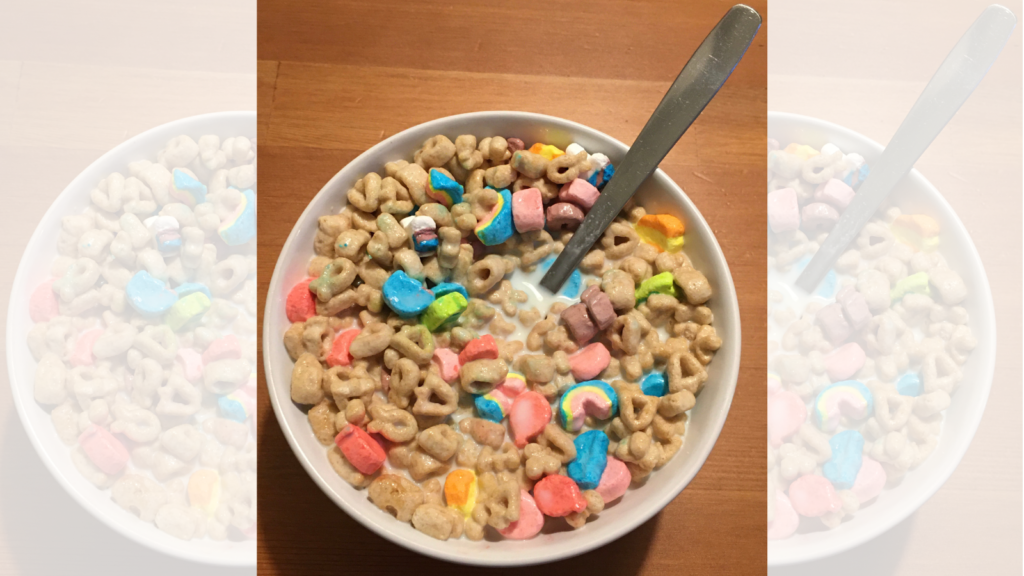
Cereals and other breakfast items like granola bars should be rotated every 6 to 12 months. These items can go stale or rancid, especially those containing oils or nuts.
Bottled Water: Rotate Every 1-2 Years
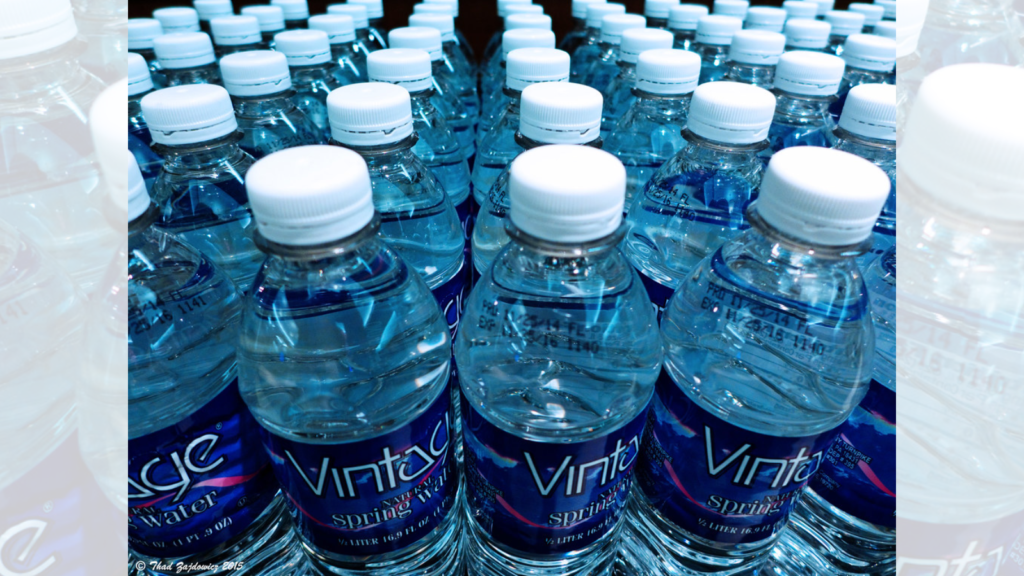
While water itself doesn’t expire, bottled water should be rotated every 1 to 2 years due to the potential for chemicals from the plastic to leach into the water. Always store bottled water in a cool, dark place to keep it fresh.

